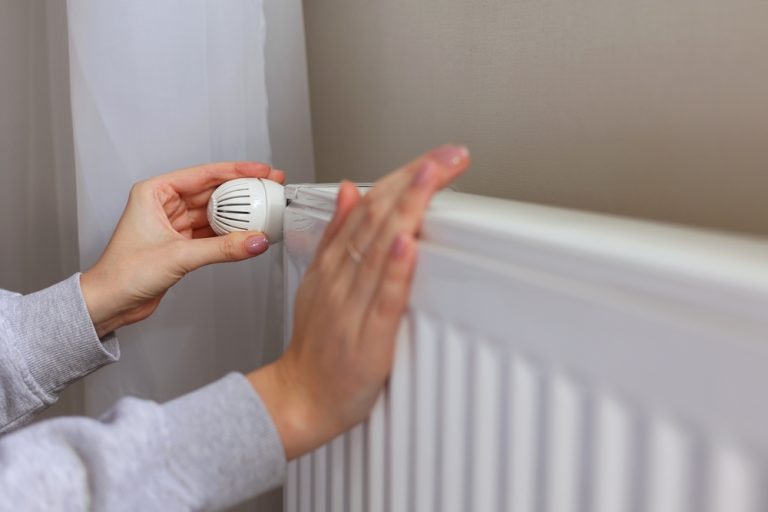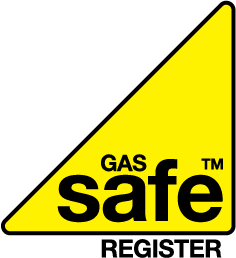Why has my boiler stopped working after bleeding my radiators?
So, you’ve bled your radiators to get rid of those pesky cold spots, but now your boiler isn’t working? Don’t worry—you’re not alone! This is a common issue many homeowners face after bleeding their radiators, and while it can be frustrating, the good news is that it’s usually a straightforward fix. In this blog, we’ll walk you through why this happens and what you can do to get your boiler back up and running.
Why should we bleed radiators in the first place?
Radiators can accumulate air over time, which causes them to heat unevenly. The top of the radiator might feel cold while the bottom is warm, meaning there’s trapped air that’s preventing the hot water from circulating properly. Bleeding your radiators releases this air, allowing the radiator to heat up fully. It’s a simple maintenance task that helps keep your home warm and your heating system running efficiently.
But sometimes, after bleeding your radiators, the boiler stops working, and you’re left wondering what went wrong…
Why does the boiler stop working after bleeding radiators?
The most common reason your boiler stops working after bleeding the radiators is a drop in system pressure. Here’s why:
1. Releasing air = pressure drop
When you bleed a radiator, you’re not only releasing air but also some water from the system. This causes a drop in pressure within the heating system, which boilers rely on to function properly. If the pressure drops too low, your boiler will stop working as a safety measure.
2. Low water pressure warning:
Modern boilers have built-in sensors that monitor the pressure in the system. If the pressure falls below a certain level (usually below 1 bar), the boiler will shut off to prevent damage. This is why, after bleeding your radiators, you may see an error code or a warning light on your boiler indicating low pressure.

How to Fix Low Boiler Pressure After Bleeding Radiators
The good news is that this issue can usually be resolved quickly by re-pressurising your boiler. Here’s how to do it:
- Check the pressure gauge
Most boilers have a pressure gauge on the front panel. A healthy system should read between 1.0 and 1.5 bar when the boiler is off and cold. If it’s below 1.0, your system needs more water.
- Locate the filling loop
The filling loop is usually a flexible silver hose found underneath the boiler. It has two taps or valves, one on each side, which control the flow of water into the system.
- Top up the pressure
- Turn off your boiler and let it cool down.
- Open the valves on the filling loop (you may need to turn both taps).
- Keep an eye on the pressure gauge as the system fills with water.
- Once the gauge reaches around 1.5 bar, close the valves.
- Reset the boiler
Once the pressure is back to normal, reset your boiler following the manufacturer’s instructions. Your boiler should fire up again, and you’ll be back to a warm, comfortable home!
Common mistakes to avoid...
While re-pressurising your boiler is a fairly simple task, there are a few things to watch out for:
- Don’t overfill the system
If the pressure goes above 2.0 bar, you’ve over-pressurised the system. If this happens, you may need to bleed a radiator again or use the pressure release valve (depending on your boiler model) to let out some water.
- Not turning off the boiler
Always make sure the boiler is off and cool before you start working on it to avoid damaging the system.
- Forgetting to close the valves
Once you’ve topped up the pressure, don’t forget to fully close the valves on the filling loop, or you could end up with too much water in the system.

Problem still unsolved? Chat with Wilsons today.
If you’ve re-pressurised the system and your boiler still isn’t working, there may be another issue at play, such as:
Faulty pressure sensor: If the pressure is fine but the boiler still displays a low-pressure error, the sensor might be faulty and needs replacing.
Leaking system: If the pressure keeps dropping after you’ve topped it up, there could be a leak somewhere in the system, which needs professional attention.
In these cases, it’s best to call in a Gas Safe engineer to diagnose and fix the problem safely. Ready to find out more? Contact us today to discuss your options and let Wilsons help you stay warm all year round!









